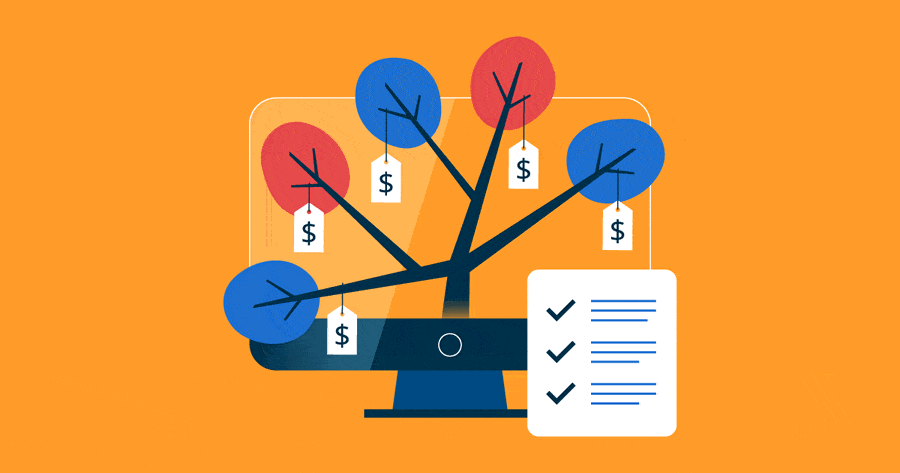02/02/2023• bymarcus
Types of Blocks
Let’s talk about blockchain blocks. There is not any maximum number of blocks because new blocks are added constantly to the chain. With Bitcoin, on average, every 10 minutes, a new block is added. Let’s now take a look at the types of blocks in a blockchain.
Genesis Block
The Genesis block represents the first block in a blockchain. For example, we can assume that Satoshi Nakamoto was the first to mine the genesis block in generating bitcoin.
The block allows newly created blocks to link to the previous block. It is this linkage that ensures its immutability.
Additionally, the use of technologies like the Merkle tree enabled the linkage of the block history with a specific hash connected to that block. Regardless of changes, it ensures that the Merkle root’s verification is correct.
While there are additional blocks on top of each block, the genesis block is the foundational block of the blockchain. Therefore, it is common to see it being referred to as Block 0.
The function of the genesis block is critical as it allows network nodes to synchronize correctly. It is only possible for synchronization to take place if each nodes’ has a matching genesis block. This ensures that distributed transaction ledger remains the same for every node on the blockchain, ensuring security.
Valid Blocks
These are blocks included in the blockchain. In PoW, for a block to be valid, the block must have the network authorization and report that the block has solved a given cryptographic problem or puzzle.
Once the network reaches consensus, the block is included in the blockchain before being distributed to all the nodes. Because of this, each node within the network gets a new block and functions as a point of verification for all blocks.
Every valid block includes a series of transactions authenticated with the block. For instance, in the case of bitcoin, each valid block encompasses an average of 2000 transactions.
Therefore, each transaction within the valid block turns into a verified transaction. Each valid block included after this continues the transaction confirmation process. This makes every block and transaction trustworthy on the network.
All valid blocks have a data structure, enabling the information to be verified. The nonce, block transaction data, timestamp, the Merkle Root, and the block’s hash are included in this data structure.
Orphan blocks
As the name implies, it is not an integral aspect of the blockchain network. For example, two miners combining blocks at the same time generate orphan blocks.
However, a hacker with adequate computational power can also create these orphan blocks, especially when such an attacker intends to reverse any transaction.
The network consensus procedure is invoked to determine which of the blocks will be added to the chain during this point, and decides on the block to be orphaned.
Typically, the longest blockchain with the most information and transaction amount is decided, thereby making the security process simple.
For instance, a cybercriminal or hacker plans to hack the network. To achieve this, he starts to mine blocks to receive a reward of 1.25BTC for an individual block.
Concurrently, it generates a fork in the network, which is valuable since it has its own new blocks. This enables the hacker to use the funds he acquired fraudulently.
However, this is what happens when the hacker tries to hack the network. Each mined block is left with nothing more than a coinbase (the first transaction). During the scanning process, the blockchain network will identify the block that is a duplicate and original using the information within the block. It then decides the original block, thereby ruining the hacker’s game.
I hope that this provides some further insights into how blocks function within a blockchain…
Ref: https://originstamp.com/blog/how-many-blocks-are-in-a-blockchain
Last modified: 02/02/2023






